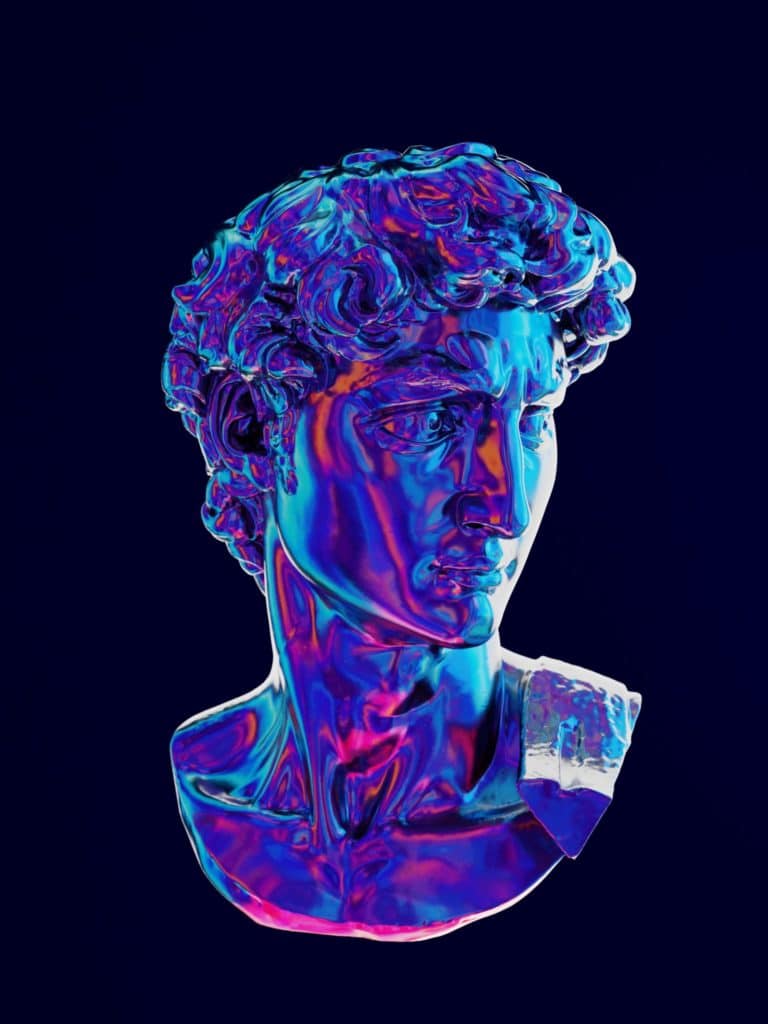By: Foreign Attorney Radhi Shah
The metaverse may be thought of as a permutation of multi-layered digital spaces that augment the physical world, immersive digital worlds through avatars, and the internet. No longer a science fiction construct, the metaverse has become real.
Metaverse inherently raises various questions about ownership, transfer of value, rights protection, and infringement as they mesh with existing legal frameworks. It is particularly relevant to address intellectual property issues since the Metaverse encompasses a wide range of technologies, literary and artistic works, designs, logos, symbols, and imagery, all of which have traditionally been protected by intellectual property laws.
The metaverse is the next industry standard for how brands interact with their customers in the consumer sector. Consumers will be able to interact and experience products in the metaverse without ever having to deal with physical products or packages.
Though, the metaverse has been envisaged as an interoperable, decentralized world between which users can seamlessly move, currently these are likely to be controlled worlds guided by single entities. Hence, if any brand wants to test the metaverse today, it is imperative to secure and establish their IP rights with the metaverse platform provider.
Brands such as Nike, Amazon, Estee Lauder, Walmart, Neutrogena, Skechers, as well as unknown and independent applicants, are rushing to register trademarks for their metaverse offerings. Additionally, many of these companies are exploring the use of NFT’s as a means to assert their intellectual property rights. Recently, Miramax filed a lawsuit claiming infringement of trademarks and copyright against Tarantino in relation to a NFT of Pulp Fiction’s screenplay, which revealed the difficulty with applying traditional intellectual property laws to new technologies.
Discussions of the metaverse are often hung up on the issue of who owns the right to create and commercially exploit digital assets in the metaverse. In the absence of contractual mechanisms to convey copyright, IP lawyers have come to the understanding that merely purchasing an NFT does not automatically confer copyright on the buyer.
An issue was raised in the Southern District Court of New York on whether parties are required to own a copyright over an artwork to be able to issue NFTs over said artwork. The estate of the Indian artist MF Husain, who owned the painting ‘Lightning’, sued TamarindArt LLC for their rights to pursue NFTs based on the artwork.
The estate administrators issued TamarindArt a cease-and-desist notice arguing that the latter was not the ‘copyright owner’ and that TamarindArt had no right to reproduce, distribute copies, create derivative works based on or display the artwork. TamarindArt holds an exclusive, worldwide, royalty-free licence to reproduce the artwork in any format including digital formats; however, the estate administrator contends that this license does not apply to TamarindArt.
The metaverse is presenting new and exciting opportunities for artists, creators, brands and consumers to express themselves; however in this regard, it begs the question: Is the content you have on the metaverse secure? As the metaverse continues to develop, many questions remain unanswered. Although, IP has survived despite the evolution of business models in the digital economy. One might reasonably think that the same protections that allowed intellectual property law to endure the dotcom boom, including the use of artificial intelligence, will apply to the metaverse.





